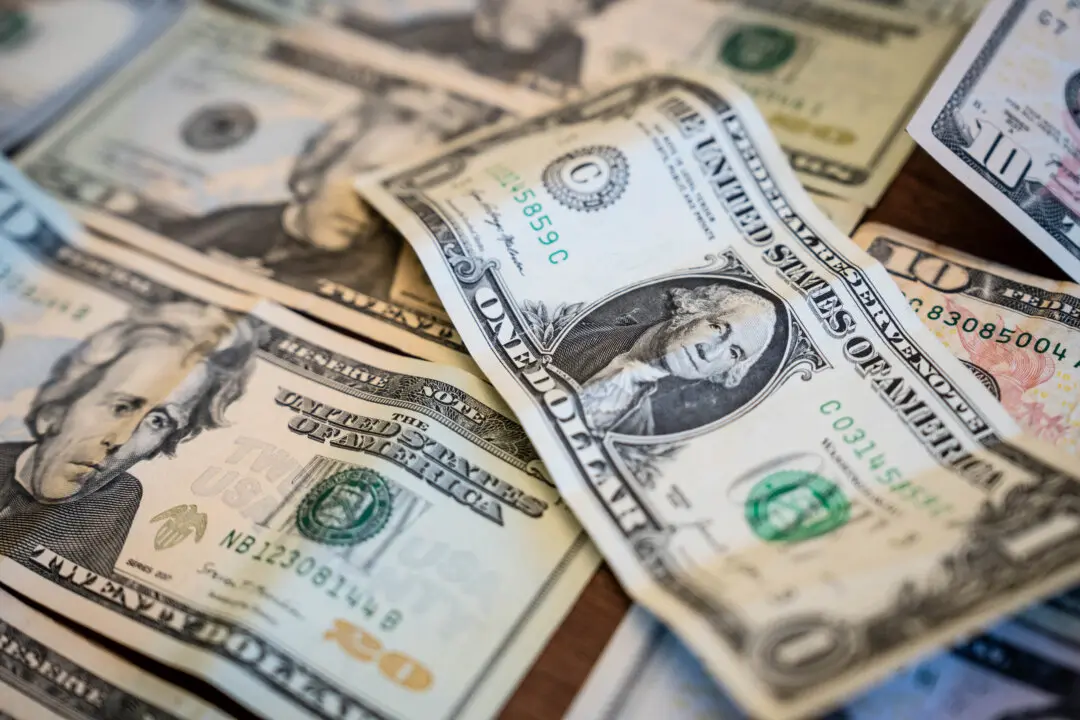U.S. producer prices, fueled by a surge in energy and food products, increased more than market estimates in September, according to new data from the Bureau of Labor Statistics (BLS) released on Oct. 11.
The producer price index (PPI) for final demand rose by 0.5 percent, easing from the 0.7 percent increase a month earlier, although it was above the consensus estimate of 0.3 percent. The annual PPI climbed to 2.2 percent, topping economists’ expectations of 1.6 percent, and the highest since April.





